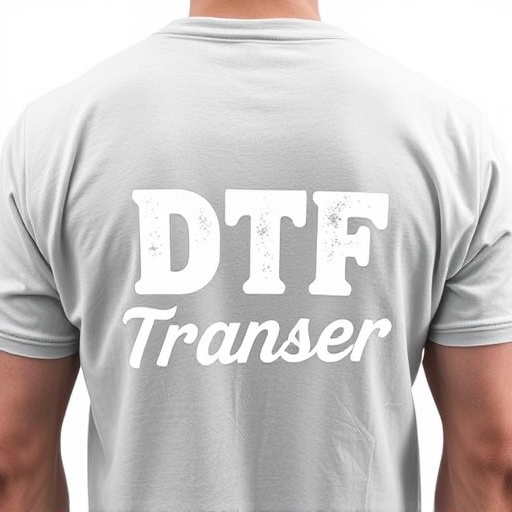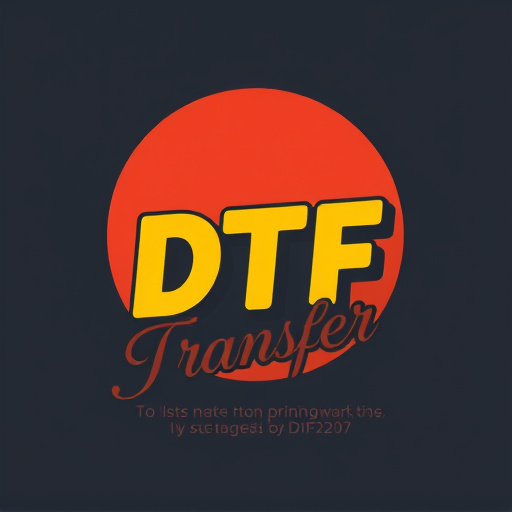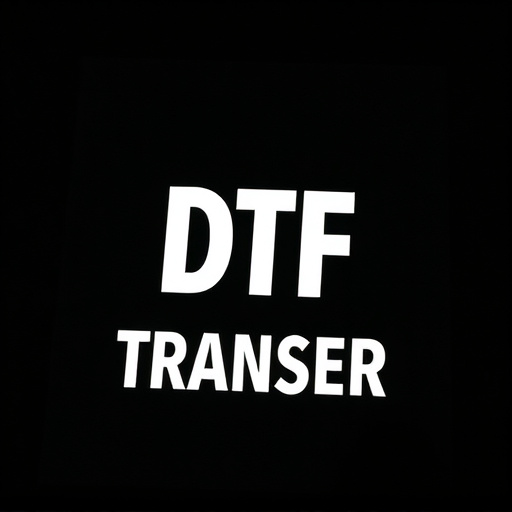Direct-to-Film (DTF) transfers are a cutting-edge printing technique using specialized materials with sensitive emulsions to reproduce high-quality digital images directly onto various surfaces. This method eliminates the need for traditional techniques like screens or plates, offering remarkable detail, vibrant colors, and excellent durability. DTF is versatile, applicable to clothing, signage, and decorative items, and ideal for small batch productions in garment, packaging, and automotive industries. The future of DTF technology looks promising, with advancements focusing on color accuracy, durability, eco-friendliness, and expanding applications across multiple sectors.
“Direct-to-film (DTF) transfers are transforming the way we create and apply custom designs. This innovative process relies on special materials that act as a bridge between ink and film, enabling precise and vibrant prints. In this article, we’ll delve into the world of DTF, exploring its underlying technology, benefits for various industries, and future potential. From understanding the DTF transfer process to uncovering the science behind ink adhesion to unique substrates, get ready to discover how DTF printing is revolutionizing custom art and design.”
- Understanding Direct-to-Film (DTF) Transfers: A Brief Overview
- The Role of Special Materials in DTF Printing Process
- How Ink Adheres to These Unique Substrates
- Benefits of Using DTF for Custom Designs and Art
- Common Applications of DTF Prints in Various Industries
- Future Prospects and Innovations in DTF Material Technology
Understanding Direct-to-Film (DTF) Transfers: A Brief Overview

Direct-to-Film (DTF) transfers are a cutting-edge printing technique that allows for incredibly high-quality reproduction of images and designs onto various surfaces, directly from digital files. This innovative process bypasses the need for traditional printing methods, such as screens or plates, by using specialized materials that hold ink and transfer it onto the desired surface in a single pass.
In the DTF process, a special material, often referred to as a DTF film or DTF substrate, is coated with a sensitive emulsion that reacts to light. The digital image or design is then precisely exposed onto this material using a high-resolution laser or UV light. The exposed areas become insoluble, while the unexposed parts remain soluble, creating a negative mask of the original image. This mask acts as a stencil, allowing ink to pass through specific areas when pressed against another surface, typically a substrate like paper, fabric, or plastic. DTF printing offers remarkable detail reproduction, vibrant color accuracy, and excellent durability, making it a preferred choice for both commercial and artistic applications, including creating unique DTF prints and art pieces.
The Role of Special Materials in DTF Printing Process
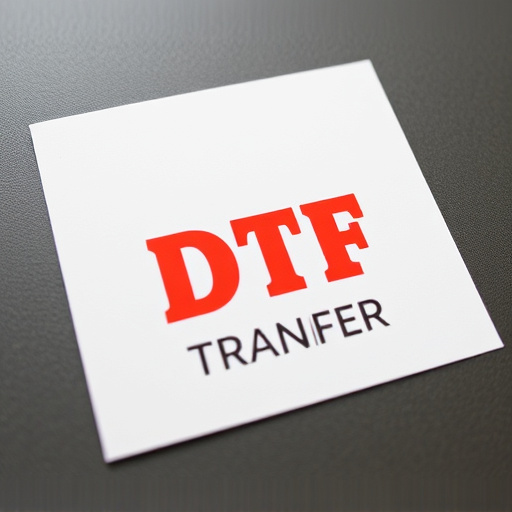
Special materials play a pivotal role in the Direct-to-Film (DTF) transfer process, ensuring high-quality and precise printing outcomes. These innovative substances are designed to hold ink effectively, enabling seamless integration with various surfaces for long-lasting DTF prints. The primary function of these special materials is to act as an intermediary between the ink and the substrate, facilitating even distribution of the pigmented liquid across the desired area.
In the DTF printing process, the chosen material’s ability to capture and retain ink is critical. It forms a crucial layer that allows for detailed and vibrant reproduction of images, text, or designs. Moreover, these materials are engineered to be compatible with different types of substrates, making them versatile for various applications. This versatility opens up a world of possibilities for creators and businesses, enabling them to produce stunning DTF transfers on a diverse range of products, from clothing and signage to decorative items.
How Ink Adheres to These Unique Substrates
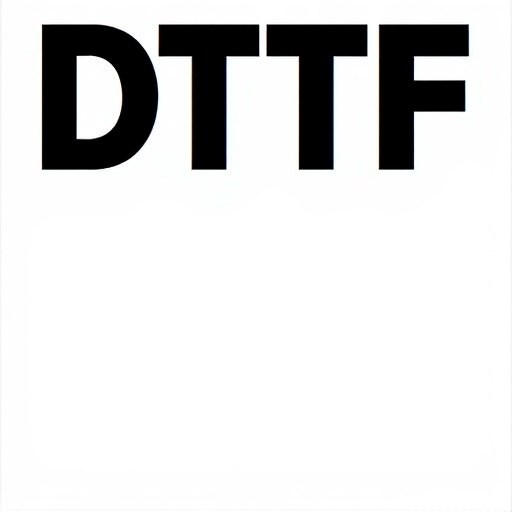
Special materials designed for direct-to-film (DTF) transfers possess unique properties that allow ink to adhere efficiently. These substrates, often made from synthetic or specialized polymers, offer a smooth and consistent surface for precise printing. The adhesion process involves a combination of chemical and physical interactions between the ink and the material’s surface.
Chemical bonding plays a significant role, where specific compounds in the substrate interact with the ink components, fostering strong connections. Simultaneously, the material’s texture or surface energy facilitates physical adherence, ensuring the ink remains securely attached during the transfer process. This dual mechanism results in high-quality DTF prints, enabling detailed and vibrant imagery directly onto various surfaces without smudging or peeling.
Benefits of Using DTF for Custom Designs and Art

Direct-to-film (DTF) transfers offer a myriad of benefits for custom designs and art enthusiasts seeking unique, high-quality prints. One of its key advantages is the ability to reproduce intricate details with remarkable precision. This makes DTF an ideal choice for artists who want to preserve the subtleties and nuances of their original artwork. Unlike traditional printing methods, DTF avoids the need for separate plates or screens, streamlining the production process and reducing potential errors.
Additionally, DTF allows for a diverse range of print types on various materials, from textiles to metal. This versatility enables artists and designers to experiment with different mediums, creating one-of-a-kind pieces that stand out. Moreover, DTF prints boast excellent durability and color vibrancy, ensuring that custom designs maintain their impact over time. With these benefits, DTF Printing has become a preferred method for those seeking to bring their creative visions to life with exceptional results.
Common Applications of DTF Prints in Various Industries
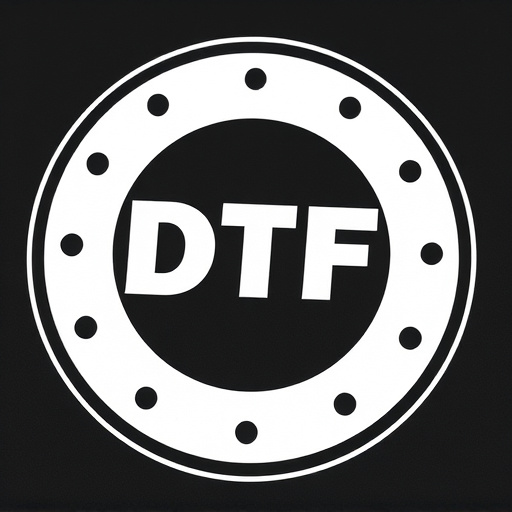
Direct-to-film (DTF) transfers have found a wide range of applications across various industries due to their versatility and high-quality results. In the garment industry, DTF printing is used for custom clothing, allowing businesses and designers to create unique, personalized garments on demand. This method is particularly popular for small batch productions, as it offers cost-effectiveness without sacrificing quality or design complexity.
Moreover, DTF prints are increasingly being adopted in packaging and labeling solutions. Their ability to produce sharp, vibrant images directly onto various materials makes them ideal for creating eye-catching labels, especially for food and beverage products. Additionally, the automotive sector utilizes DTF technology for applying decorative graphics and logos on vehicle bodies, providing a durable and long-lasting finish that enhances aesthetics without compromising structural integrity.
Future Prospects and Innovations in DTF Material Technology
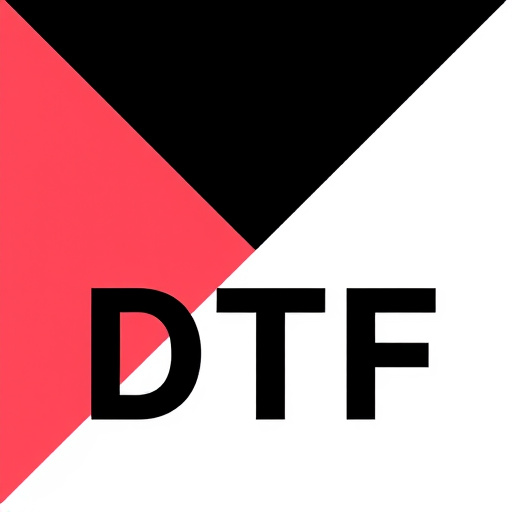
The future of Direct-to-Film (DTF) transfer technology looks promising as manufacturers continue to innovate and refine the material used for DTF printing. Researchers are exploring new types of inks that can enhance color accuracy, durability, and longevity of DTF prints, ensuring they remain vibrant and vivid over time. This includes developments in eco-friendly, water-based inks that offer better control over ink flow and adhesion, leading to improved print quality and reduced environmental impact.
Additionally, there is a growing trend towards incorporating advanced materials with unique properties into DTF transfer films. For instance, some manufacturers are integrating protective coatings or transparent films to safeguard the prints from scratches, fading, and other environmental damages. These innovations promise to expand the applicability of DTF technology across various industries, including textiles, signage, and even 3D printing, where high-quality, durable prints are in increasing demand.











